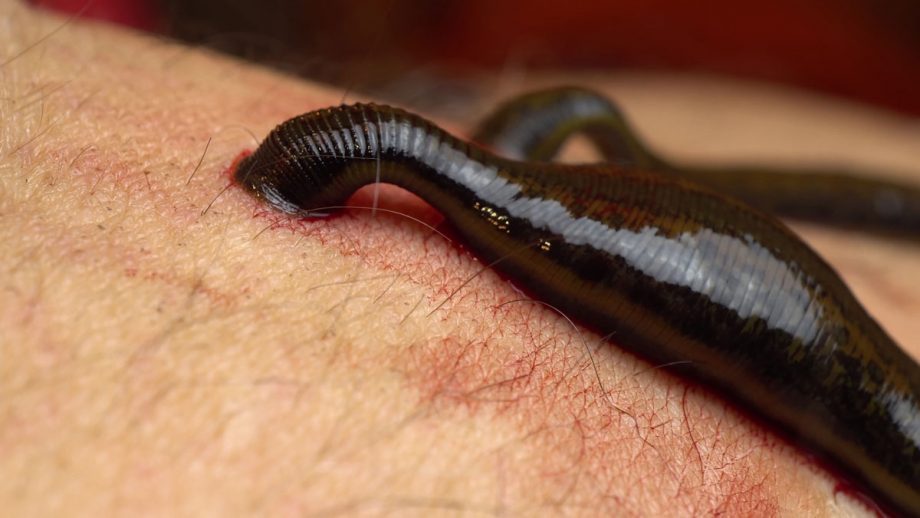Throughout the natural world, parasitic animal relationships exist in virtually every ecosystem. A parasite, quite simply, is an organism that lives off of another organism. Unlike a symbiotic relationship where there’s some amount of benefit between the two organisms, parasites often cause damage to their host, sometimes to the point of death.
Generally a parasite does not try to kill their animal host, for without the relationship the parasite may also die. However, in some instances the behavior of the parasite may either kill the host, or introduce a pathogen that can kill the host animal, making treatment important when an infestation is discovered. Various animal relationships can be considered parasitic in nature, and below are five of the most common.
Ticks

Ticks are arthropod parasites that live on the skin of their animal hosts. They survive by consuming the blood of their hosts, which includes a large variety of animals like dogs, rodents, humans, cattle, and even some lizards. Ticks are attracted to motion, heat, and carbon dioxide, as these are all signs of a suitable host. While not fatal themselves, ticks have the potential to carry and spread more than 10 different pathogens.
Fleas

Another common parasitic animal relationship is between the flea and an array of warm-blooded creatures. Depending on the type of flea, this parasite lives off the blood of humans, dogs, cats, rats, and birds. Fleas do not typically transfer disease to their hosts, except for oriental rat fleas which are the primary carrying agent for the plague.
Leeches

Leeches form parasitic relationships both in and out of water. There are more than 700 different types of leeches, but what most of them have in common is that they live off the blood of almost any animal. In most cases leeches only feed until they are full and then drop from their host, making them a less.
Lice

Lice are part of another parasitic animal relationship. In fact, lice find homes on almost every bird and mammal species, including humans. Lice generally act more as scavengers on their host, consuming dead skin cells. However, several types of lice feed on blood or sebaceous fluid, which can cause discomfort to the host.
Helminths

Helminths include parasites like roundworms, flatworms, and thorny-headed worms. Typically helminths live off the digestive tract in mammals, including humans. Helminths cause damage to their host by disrupting the absorption of nutrients in the body, causing weakness, malnutrition and an increased risk for disease and infection.
Featured Image from Erik Karits/Unsplash




